Correctly applied foundation is extremely essential for a perfect make-up. If you want your skin to look really good, always make sure that all your colour cosmetics are appropriately applied. Have a look on how to do it and what make-up brushes are the best for this task.
How to apply foundation?
Start applying your foundation from the centre of your face. Next, spread the product to the sides, along the hairline, to earlobes and under the jaw. In order to achieve the effect of full coverage, dab the cosmetic onto the skin before it dries. Do not apply foundation in the form of dots. Before you manage to blend them, they will become dry and you will end up with uneven patches and stains all over your face. Moreover, never apply foundation to your eye area. To cover dark circles and puffiness, use a special concealer designed for such delicate skin.
Sponges or brushes?
In general, brushes absorb more moisture, but sponge gives natural finish. Camouflage with the use of a brush is more intense, and with the help of sponges – gives medium, more sheer coverage. Besides, sponges are worn up more quickly than make-up brushes. What types of brushes can we distinguish? Drugstores offer variety of sets or single brushes. There are round, soft and fluffy applicators that are use to apply foundations in circular motion. Such tools do not leave any streaks. Moreover, similar effects can be obtained with an applicator made of two types of bristles. Dense flat brush is ideal for building higher coverage and applying foundation with the stamping technique.
Can the foundation be applied with your fingertips?
Yes, but this is the least hygienic method. Germs that remain on your fingers are transferred onto the face. After having contact with your skin, they can cause irritation or acne. Moreover, it is difficult to wash foundation off your hands. People who have skin capillaries should not use this method at all. In such situation your skin is warmed up which causes expansion of blood vessels.
How to prolong wearing your foundation?
To do this, use translucent or setting powder. You might as well try a make-up fixer in the form of a spray or mist. Another factor of great importance is the primer you use under your foundation. It cannot have oily consistency, its lipid content should be limited and adjusted to your particular skin type.
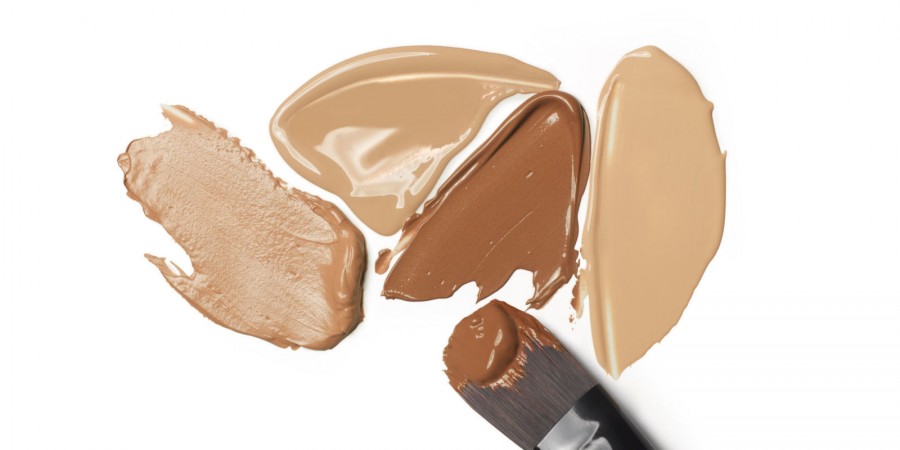

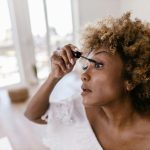
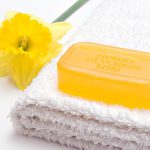
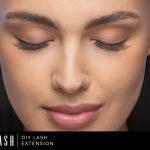


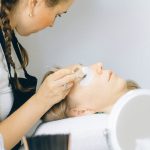

Leave a Reply